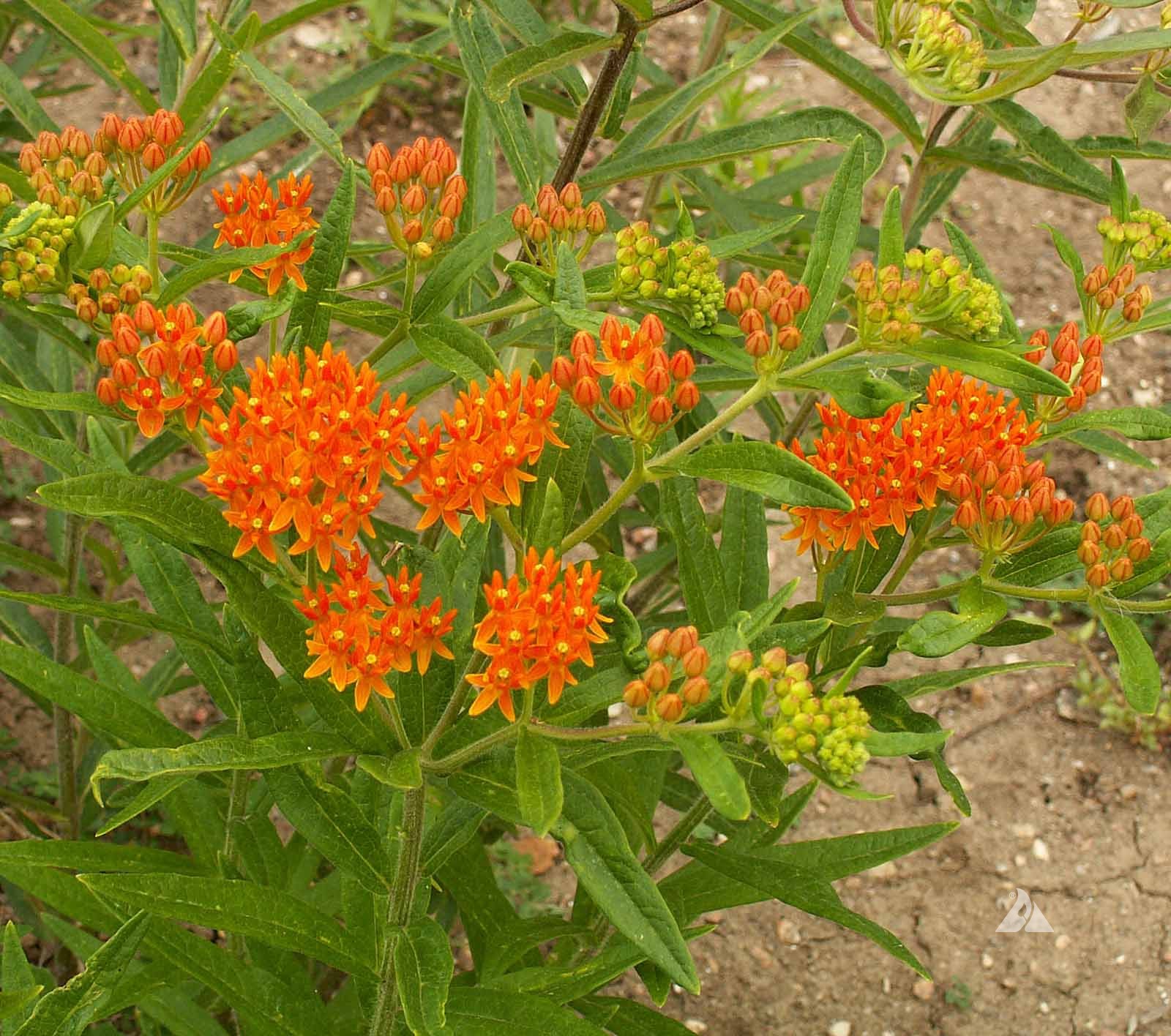Balcony faces east, receives unobstructed sunlight throughout the morning hours, balcony is shaded after the sun passes over the building, so maybe a solid 7 hours of sunlight?
I would try:
Minarda Fistulosa (wild bergamot)
Wild Bergamont is a fantastic wildflower native to almost every state in the country! Like other members of the mint family, it has square stems with coarsely toothed and slightly hairy opposite leaves. Wild Bergamont flowers are…well, kind of wild; they are lavender to pink, with irregular...

www.curenursery.com
Helianthus divaricatus (Woodland Sunflower)

michiganflora.net
Both of these are sunlovers, but will tolerate some shade, but bloom a bit less densely.
Milkweeds are good but very sun intensive, so a 1/2 day may not be enough. (no harm in trying)
If you do, you want either
Asclepias syriaca (common milkweed)
Or
Asclepias tuberosa (butterfly milkweed)
Butterfly Milkweed is native to the US and is useful for monarch conservation, meadow gardening, beds and borders and pollinator mixes.

www.applewoodseed.com
There are lots of other possible choices.
None will be super easy to find, especially this year.
Here's a resource from the Credit Valley Conservation Authority:
Here's one on butterflies from the TRCA, their plant list is a little vague in places, if you have questions, just ask:
There's a list of some native plant nurseries here: (scroll to Ontario) (note that many of these may not sell to the public, and you would need to check their website or phone)

nanps.org
Evergreen Brickworks usually has a decent selection at their garden centre, but I have no idea if they will this year. They seem completely disorganized this year. (in fairness things have been clear as mud)
Some Loblaws locations have native plants in their garden centres, but not all. Staff are usually not expert at all. Be sure and read the tags and look for the latin name. Common names are used for different species that grow in different places.
Final note, one non-native plant that you can also use if you like, is Curly Parsley. You could get several cuttings from it, but mid-summer, leave it alone and there's a good chance, some caterpillars will emerge and eat it all. (even on a balcony)
Black Swallowtail caterpillars just love the stuff. Let them have it, and they'll go cocoon after they've eaten your supply, but it will re-grow for you in September.
PHOTO: Maggie McCain/Flickr
Black Swallow Tail Butterly, image credit: N. Masi






